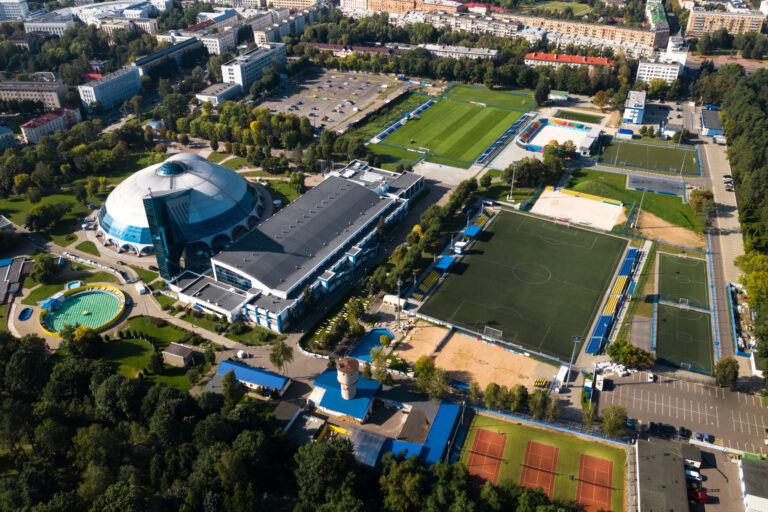How To Streamline Your Request for Proposal (RFP) Process for Maximum Efficiency
RFPs are critical elements within many industries and foundational for securing new contracts and partnerships. To manage effectively, they require careful attention to detail and smooth operation. With businesses constantly seeking ways to optimize their processes, streamlining the RFP process becomes essential for saving time, reducing errors, and enhancing decision-making. Below, we explore practical strategies and best practices to refine this complex procedure.
Understanding the RFP Process for Streamlined Operations

The RFP process involves soliciting proposals from various vendors or service providers to complete a particular project or task. Understanding the intricacies of this process is pivotal for any organization aiming to achieve streamlined operations. Clarity in the objectives and scope of the project, along with the expectations for potential vendors, is crucial for receiving relevant and competitive submissions.
Many organizations start by defining their criteria for selection, timelines for the process, and the structure of the RFP document itself. This strategic planning helps lay a transparent foundation for the issuing company and the prospective bidders. It ensures that all parties are aligned, reducing the chances of confusion or misinterpretation.
To tackle the complexities of RFPs, it is essential to have a dedicated team or individual responsible for managing the process. This includes preparation, distribution, monitoring responses, and follow-ups. Robust communication channels should also be established to address questions from potential bidders and provide clarifications promptly. For more insights, search “RFPs meaning.”
Leveraging Technology to Enhance RFP Management

Technology plays an integral role in modernizing and elevating the RFP process. Technological tools can significantly reduce manual work and increase accuracy from document creation to submission evaluation. Automation software allows for the standardization of RFP templates, ensuring consistency across all documents and making it easier to compare responses.
By using various software solutions, organizations can facilitate communication with vendors, track response rates, and manage deadlines more effectively. Digital platforms often have integrated analytics, offering insightful data for future RFPs and procurement strategies. This not only streamlines the RFP process but also aids in making more data-driven decisions.
Cloud-based solutions are particularly beneficial as they enable collaborative work among teams, regardless of their physical location. This can be instrumental when feedback from multiple departments is necessary for crafting a comprehensive RFP. The speed and convenience of cloud services thus help in expediting the approval and distribution stages.
Crafting Clear and Concise RFP Documents for Better Responses

A vital component of a successful RFP process is the creation of clear and concise documents. Well-structured RFPs make it much easier for vendors to understand the requirements and to submit tailor-made proposals. Avoiding ambiguous language and being specific about needs saves time for both parties, minimizing the need for clarification and increasing the quality of responses.
Focus on outlining the objectives, deliverables, and criteria for project transparency. This allows vendors to determine if they are a good fit for the requirements and aids in setting the stage for fair and objective evaluation. A detailed scope of work and expectations helps potential vendors accurately estimate costs and timelines, reflected in their proposals.
Incorporating a well-defined format and utilizing subheadings, bullet points, and tables where appropriate can enhance the readability of RFP documents. This structured approach enables the vendors to review the document efficiently and ensures no critical details are overlooked. Ideally, RFPs should balance providing adequate detail and avoiding information overload that could deter potential bidders.
Implementing Continuous Improvement in Your RFP Procedures

The RFP process should not remain static; it must evolve with the organization’s changing needs and market conditions. Embracing a philosophy of continuous improvement can lead to incremental enhancements over time. This involves regularly reviewing the RFP process, soliciting participant feedback, and integrating lessons learned into future iterations.
One effective way to gauge the efficiency of the RFP process is through performance metrics. Metrics such as response rate, time to completion, and satisfaction scores from internal stakeholders and vendors can illuminate areas needing refinement. Analyzing trends and addressing bottlenecks in these metrics can direct efforts toward meaningful improvements.
Adopting a responsive approach to process modifications enables a company to stay agile and competitive. This may include updates in response to technological advances, regulatory changes, or shifts in organizational strategy. Staying attuned to these external and internal factors ensures that the RFP process remains relevant and effective.
Overall, the quest for maximum efficiency in the RFP process is an ongoing endeavor. It requires thoughtful planning, technology implementation, attention to detail in documentation, and a methodical approach to evaluation. By committing to continuous improvement and adapting to the evolving business landscape, an organization can transform its RFP procedures into a robust, streamlined operation that yields high-quality vendor relationships and project outcomes.













